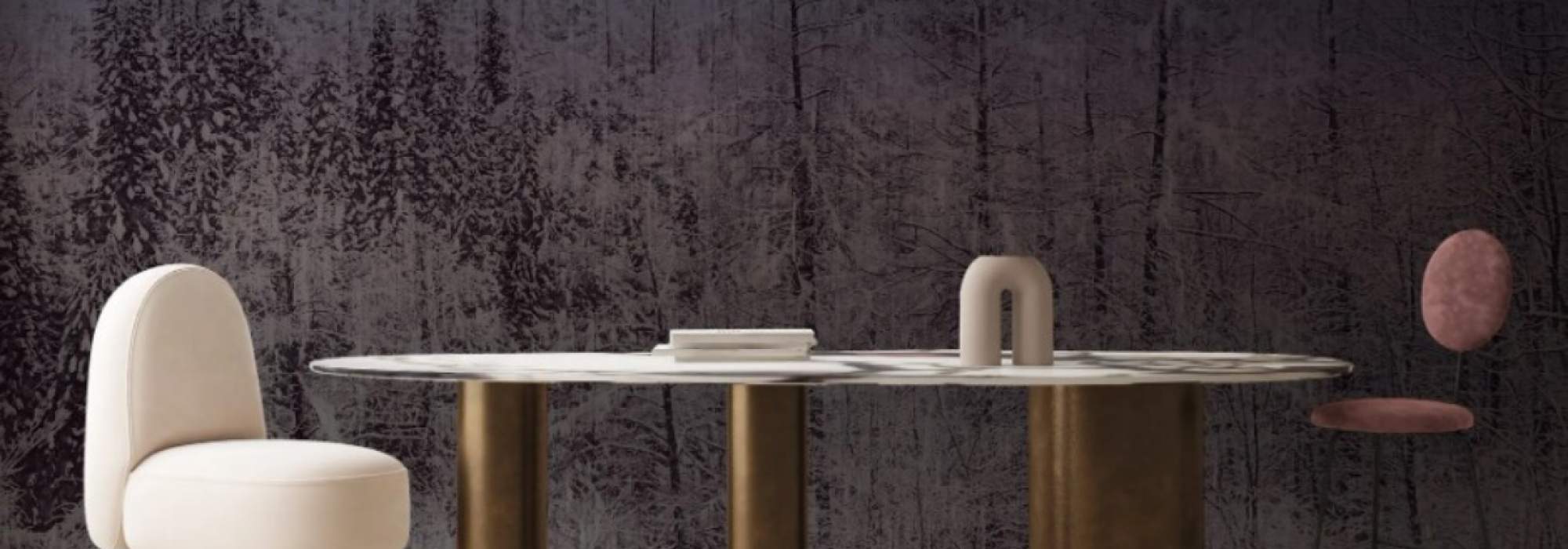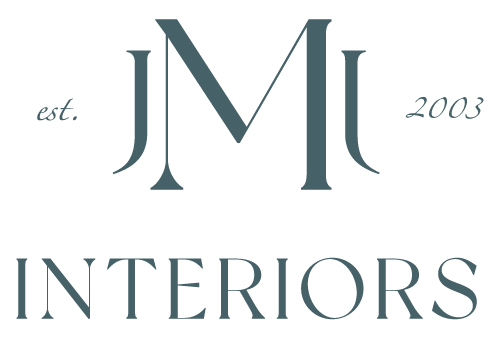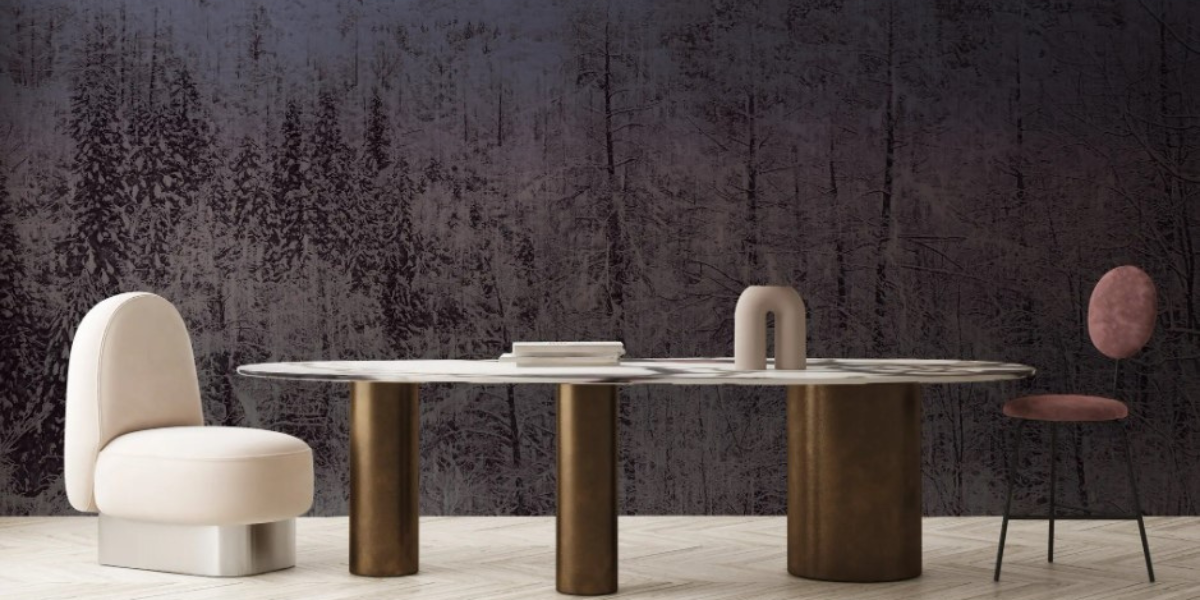
Cover shot: AB Concept’s Tableau collection with Calico Wallpaper features alpine scenery from Karuizawa, Japan
Milan Design Week is the biggest showcase in design anywhere in the world. A long way from Darwin geographically, but for our design conscious homeowners it is one of the most exciting events on the annual calendar. As an interior designer I know the importance of it in ensuring that I am abreast of the latest trends, innovations, and styling ideas. I love discovering what is new in interior design and how we will be using it in our homes.
This year’s Milan Design Week was the first since 2019 and was certainly an event filled with positivity and energy as it marked a restart and fresh ideas and experimentation in design. We’ve all felt that we have been in a ‘transition’ phase for the last couple of years, although transitioning from and to what has not felt clear. What we are seeing clearly now is that there is a real hunger for colour, comfort, and craft – instead of ‘new’ we’re looking for revival and recycling ideas in our designs.
The Milan fair was held in Rho (32kms northwest of the city centre) where more than 2000 companies showcase their latest across 20 pavilions. The city of Milan itself also hosts a network of related events – the city is taken over with galleries, showroom exhibitions, pop-up installations, and independent satellite fairs and brand activations. The atmosphere is electric and provides the very best snapshot of design trends for the coming year.
There is a lot to take in from this year’s fair! So, what are the design trends for the coming year?
Sustainability
Sustainability includes products that are made using a high percentage of recyclable materials and also product manufacture that involves innovative supply chains that use reduced energy or resources. Over the coming year, we’ll be seeing lots of natural materials in our homes, especially our living room areas. Living room design trends are mirroring the revolution against fast fashion, and are now aiming for longevity and timelessness.
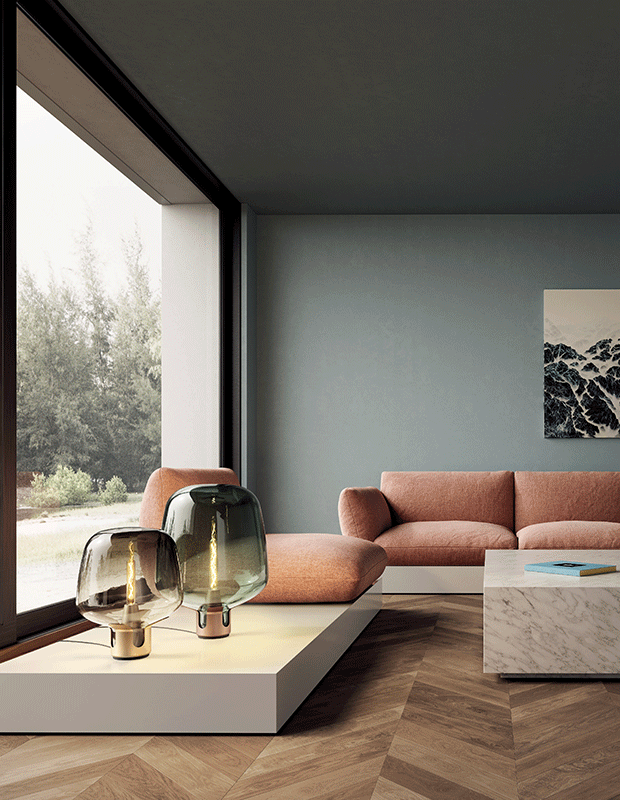
Slow design
Slow design is similar to slow food – we have come to re-evaluate and look with a new appreciation at techniques of ‘making’ that are not industrial.
We’re going to be seeing the revival of furnishings that we’ve seen and loved in the past as well as handmade and handcrafted items that give us that “one-of-a-kind” look that we find ourselves longing for. Whether it’s a handwoven lamp or a lounge chair embroidered with leather appliques, a desire to embrace heritage skills highlights a slower approach to design.
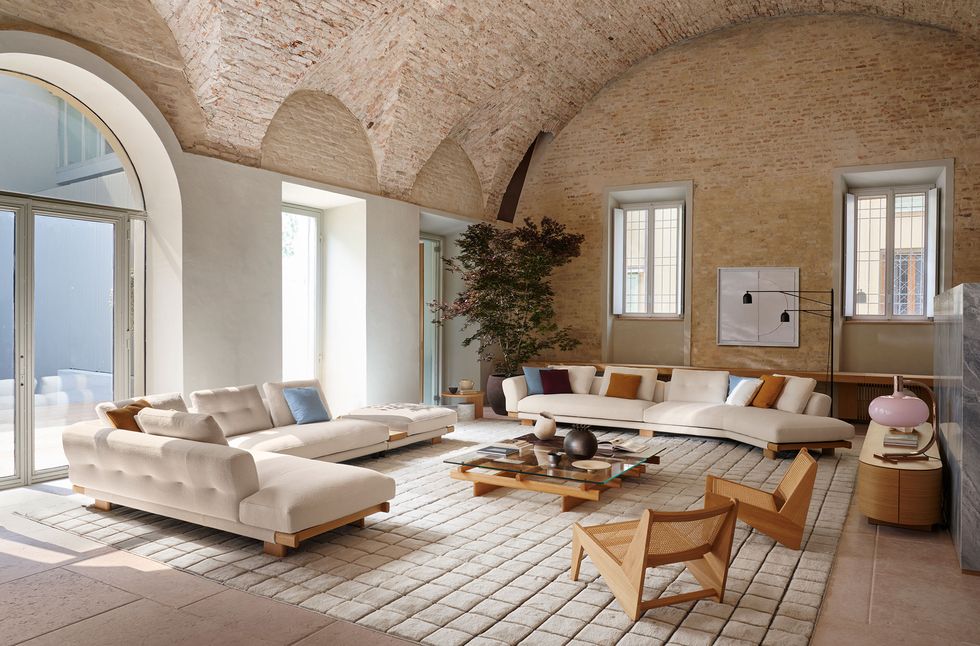
Biophilic design
It’s well-known that indoor plants have a calming effect and promote clean air. As a biophilic designer I feel a sense of soulful peace knowing that indoor plants and nature scenes are going to be seen in so many more homes this year.
Pandemic lockdowns saw millions across the world in isolation at home and designers embraced the serenity and escapism of pastoral settings and landscapes. In Milan this year several designers shared collections that offered aestheticised takes on biophilia including motifs ranging from waterways to botanical paintings and forested landscapes.
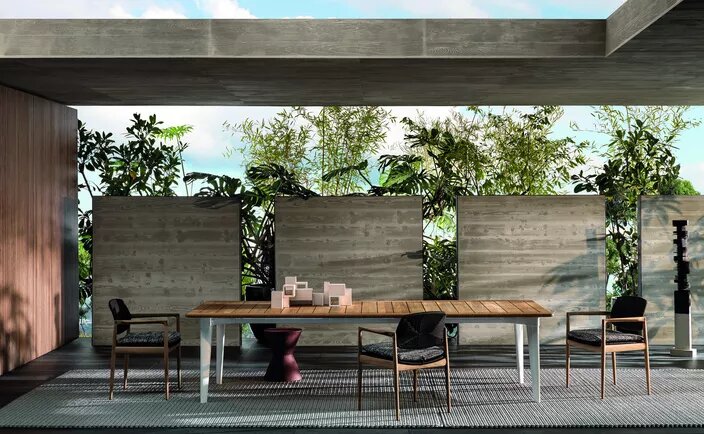
Multi-functional spaces
We’ve come to need our homes to perform differently to what they were originally designed for and in doing so the open-plan layout that Australians love is seeing a decline. But not a disappearance we’ll be looking toward movable walls and dividers which allow us to divide our space as we need (or to open it up again).
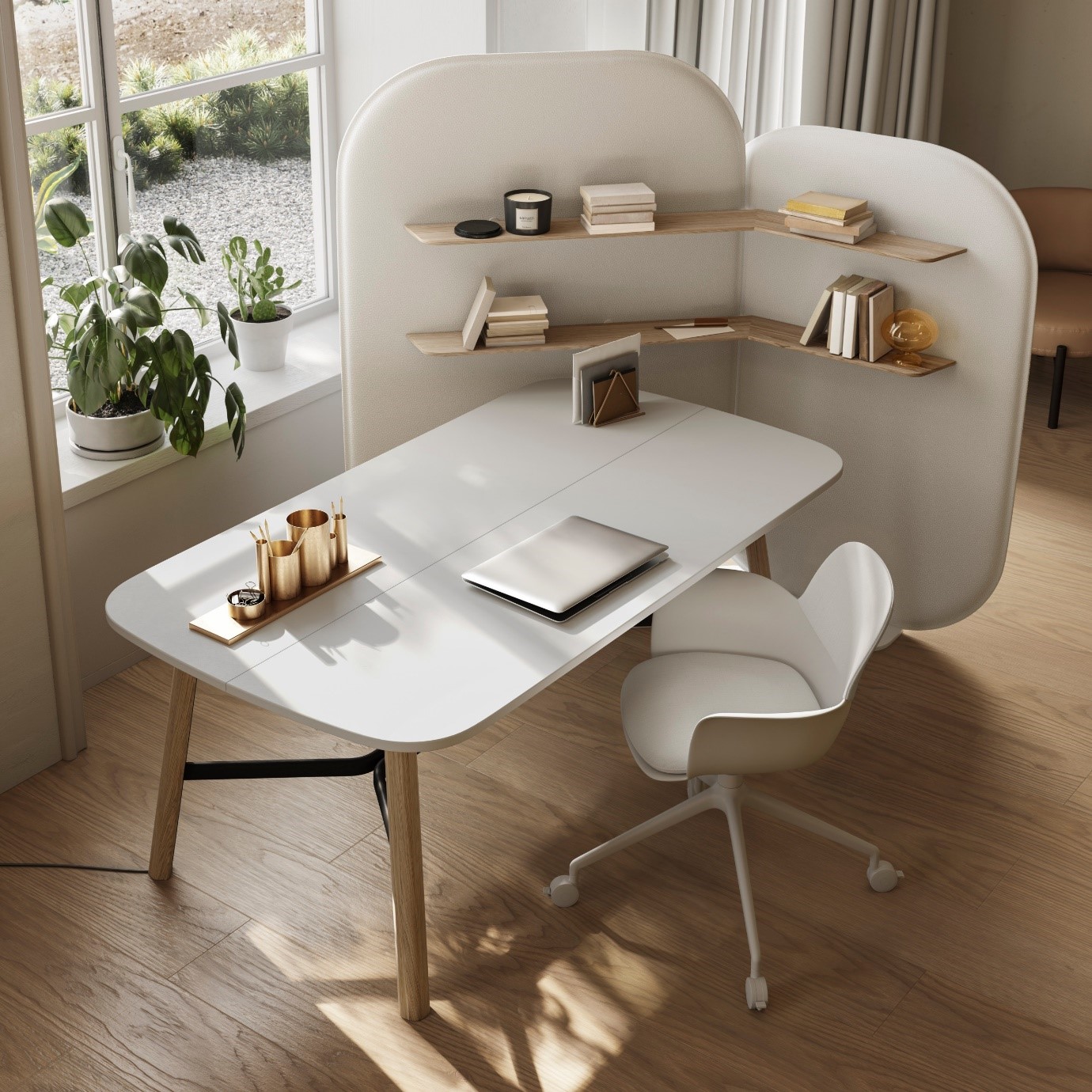
Soothing tones of bold colours
In last year’s colour trend forecast we discussed the colours of 2022: Solace, Togetherness, and Reset. Over the coming year we’ll be seeing a follow-on to those colours which emerged from our initial response to the pandemic. This season we’ll be seeing boldness in colour choices – primary colours placed side-by-side, or even used on a single piece of furniture – which creates a lively, impactful impression.
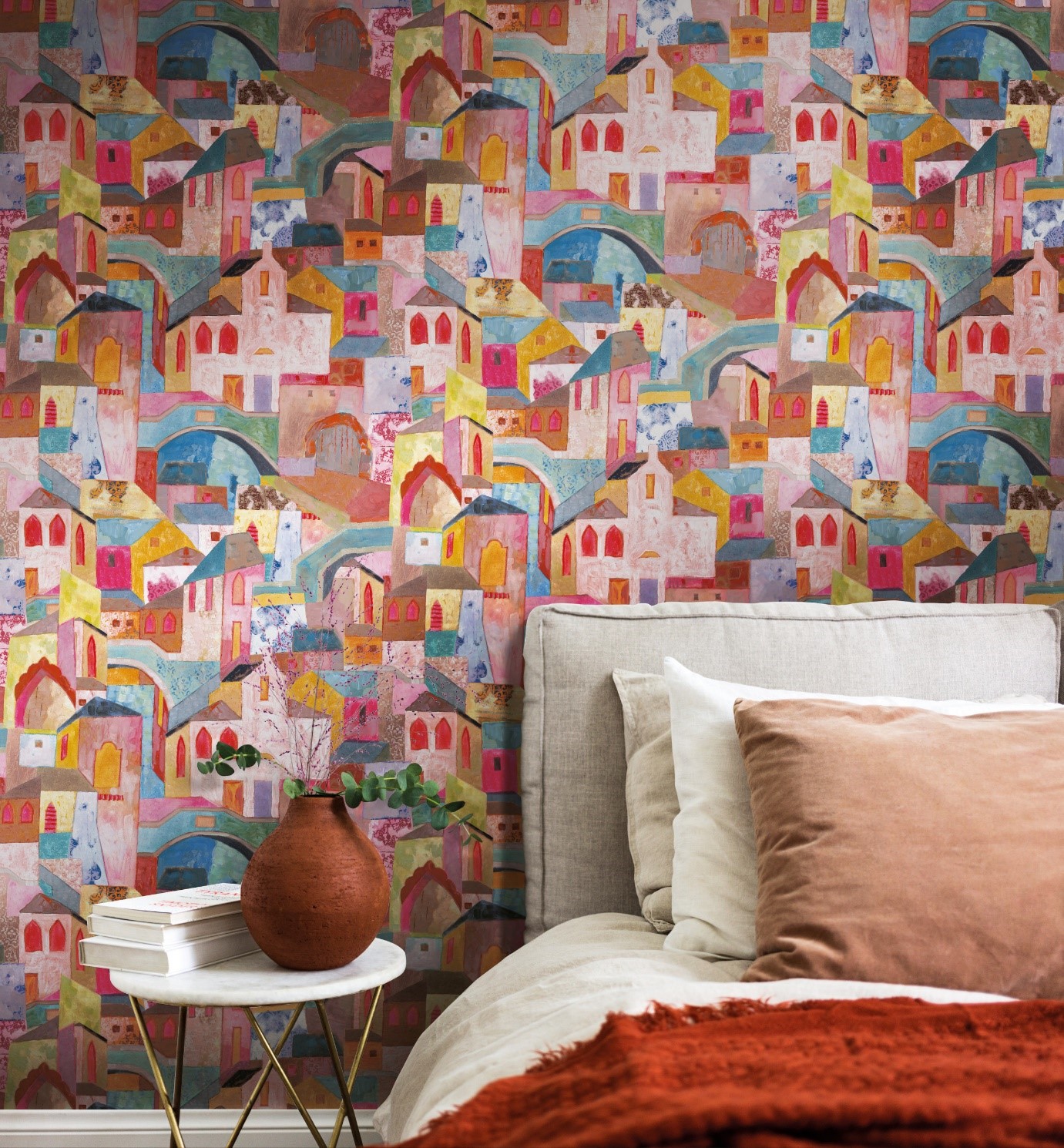
Lightness of structure
There is a distinct trend across furniture to appear almost weightless. Lighting with super-slim arms and stands, bookcases that appear to float, and armchairs with thin seats resting on tapered legs. All of this gives our homes a lightness, almost like a lifting of the heavy weight we’ve been living under for the past two years.
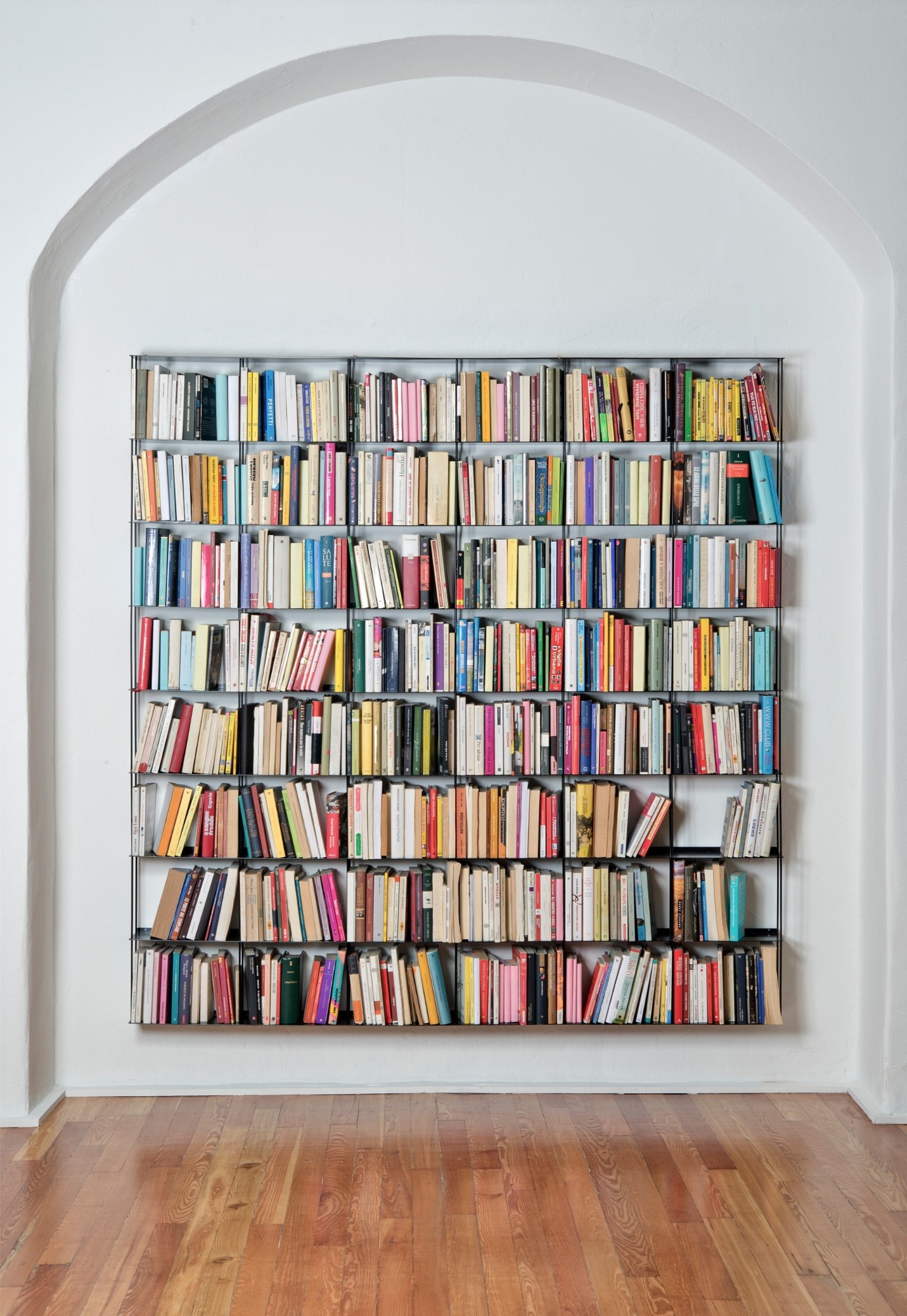
Work spaces that are designed for our home
More and more people are working from home and we need our workspaces to belong to our homes, rather than be obvious temporary set-ups. Our desks need to fit into our living rooms (or bedrooms) and easily able to be concealed (after all, who wants to be reminded of work when relaxing?!). Designers have responded with furniture designed to transform and with added acoustic protection.

Ordered living
How much more relaxed do you feel when your surroundings are ordered? In Milan we saw lots of ideas for furnishings that make an entire room or space disappear from view. Whether it’s closing sliding doors or drawing a curtain to conceal the work space, creating order from our living spaces is high on the list for the coming year (and beyond, no doubt). Joinery and cabinetry design will be integrated to hideaway our appliances and (dare I day!) messes behind elegant, beautiful pieces.
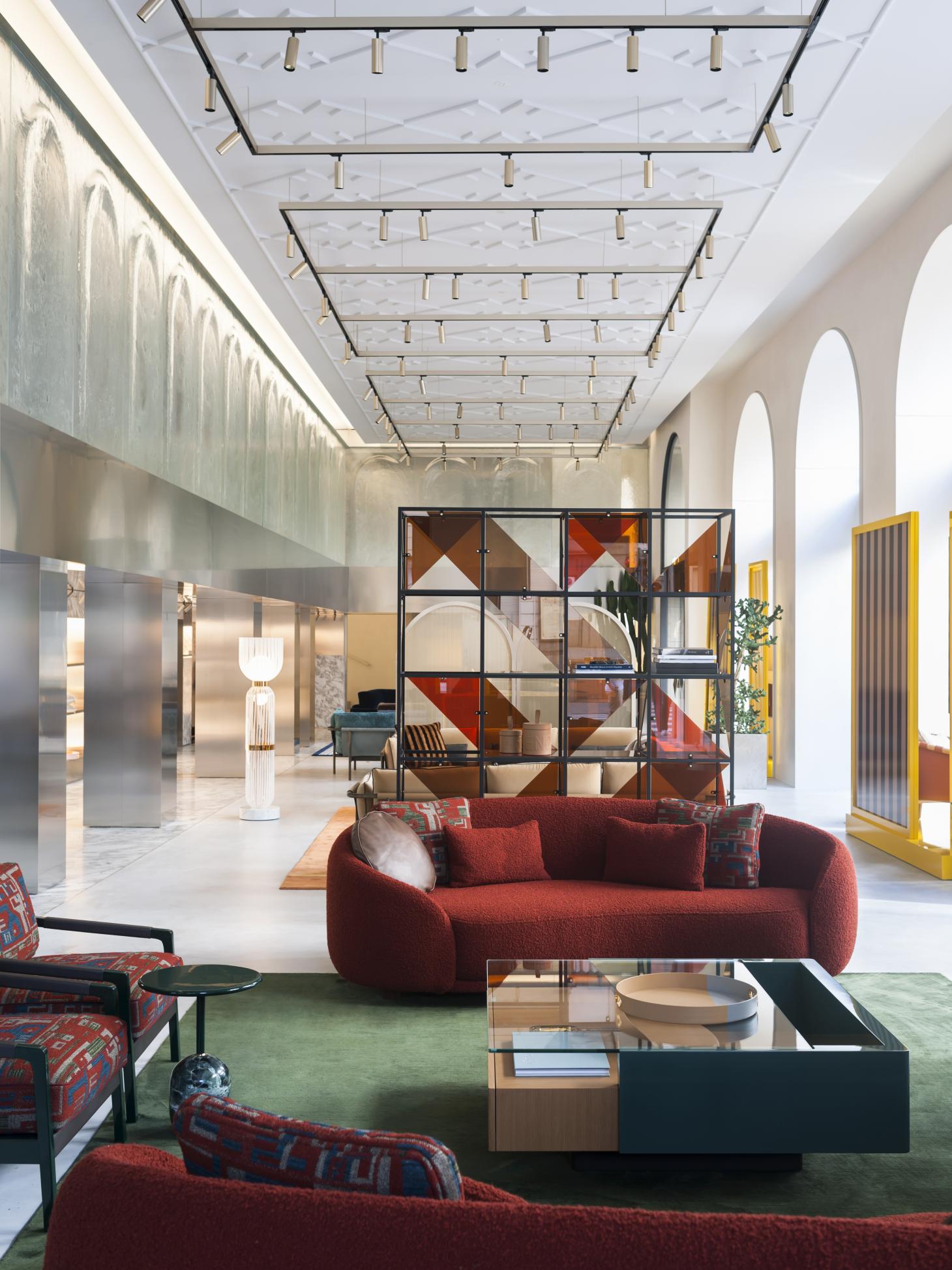
Technological hardware
We love technology and how it has changed the way we live, but we don’t necessarily love the way it looks. New innovations include programmable appliances that not only make our daily lives easier, but also are designed to lower energy consumption. The latest in technology will be hidden away within the structure of our homes and controlled by our smartphones and devices. We’ll hardly know it’s there!
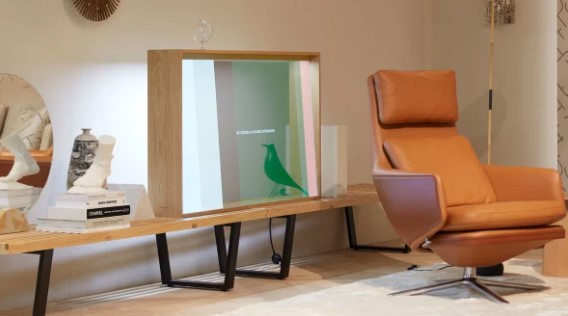
We are so excited at the latest designs and trends. It’s been a long couple of years and this truly does feel like we’ve all turned a corner and life will be quieter and naturalistic, yet with a real sense of moving forward and embracing the changes we’ve seen in ways that we hadn’t thought of before.
I cannot wait to work with you on bringing the very latest to your home, so let’s chat!

